

The following is a timelineofSolar System astronomy and science. It includes the advances in the knowledge of the Earthatplanetary scale, as part of it.

Humans (Homo sapiens) have inhabited the Earth in the last 300,000 years at least,[1] and they had witnessed directly observable astronomical and geological phenomena. For millennia, these have arose admiration and curiosity, being admitted as of superhuman nature and scale. Multiple imaginative interpretations were being fixed in oral traditions of difficult dating, and incorporated into a variety of belief systems, as animism, shamanism, mythology, religion and/or philosophy.
Although such phenomena are not "discoveries" per se, as they are part of the common human experience, their observation shape the knowledge and comprehension of the world around us, and about its position in the observable universe, in which the Sun plays a role of outmost importance for us. What today is known to be the Solar System was regarded for generations as the contents of the "whole universe".
The most relevant phenomena of these kind are:
Along with an indeterminate number of unregistered sightings of rare events: meteor impacts; novae and supernovae.
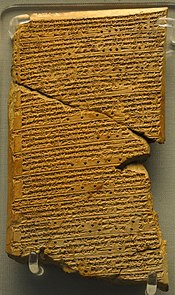


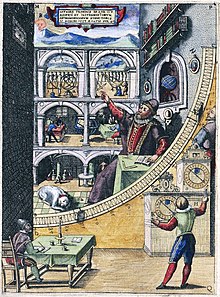


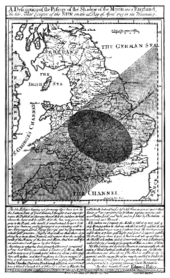


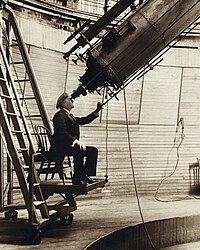



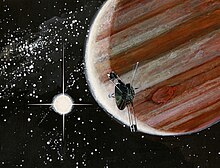
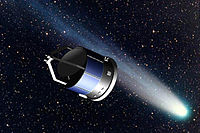


The number of currently known, or observed, objects of the Solar System are in the hundreds of thousands. Many of them are listed in the following articles:
On the first day of the last month of autumn, the sun and moon did not meet harmoniously in Fang
One comprises what we have called "Saros Cycle Texts," which give the months of eclipse possibilities arranged in consistent cycles of 223 months (or 18 years).
To complete the number ten, Philolaus created the antichthon, or counter-earth. This tenth planet is always invisible to us, because it is between us and the central fire and always keeps pace with the Earth.
a revision and improvement of the Ptolemaic tables and were compiled at Toledo, Spain, by about 50 astronomers assembled for the purpose by Alfonso X of Castile
The calendar in use today in most of the world is the Gregorian or new-style calendar designed by a commission assembled by Pope Gregory XIII in the sixteenth century
Bouvard, Alexis
Maxwell, James(Subscription or UK public library membership required.)
[...] to him belongs the merit of having [...] enunciated a complete account of its theory, and of thus having firmly established it as a means by which the chemical constituents of celestial bodies can be discovered through the comparison of their spectra with those of the various elements that exist on this earth.
[...][his] theory of the unity of the world and of the identity of the fixed stars and the sun received most profound scientific demonstration and confirmation.
Frankland and Lockyer find the yellow prominences to give a very decided bright line not far from D, but hitherto not identified with any terrestrial flame. It seems to indicate a new substance, which they propose to call Helium
|
| ||
|---|---|---|
| Devices |
| |
| Models |
| |
| Related |
| |